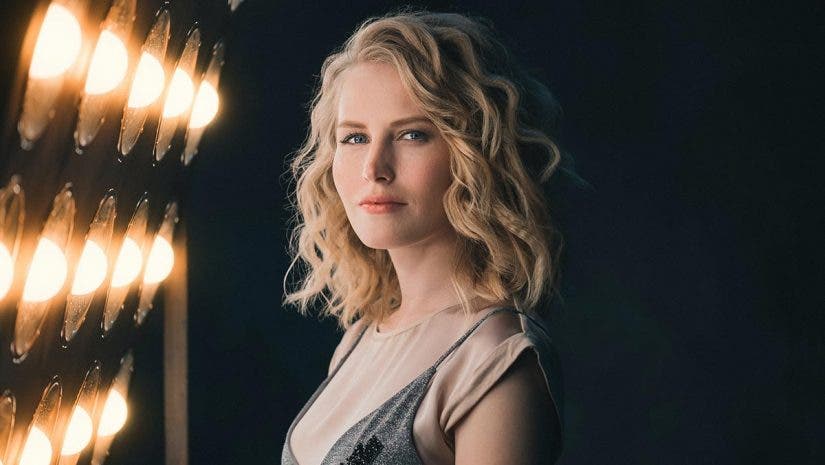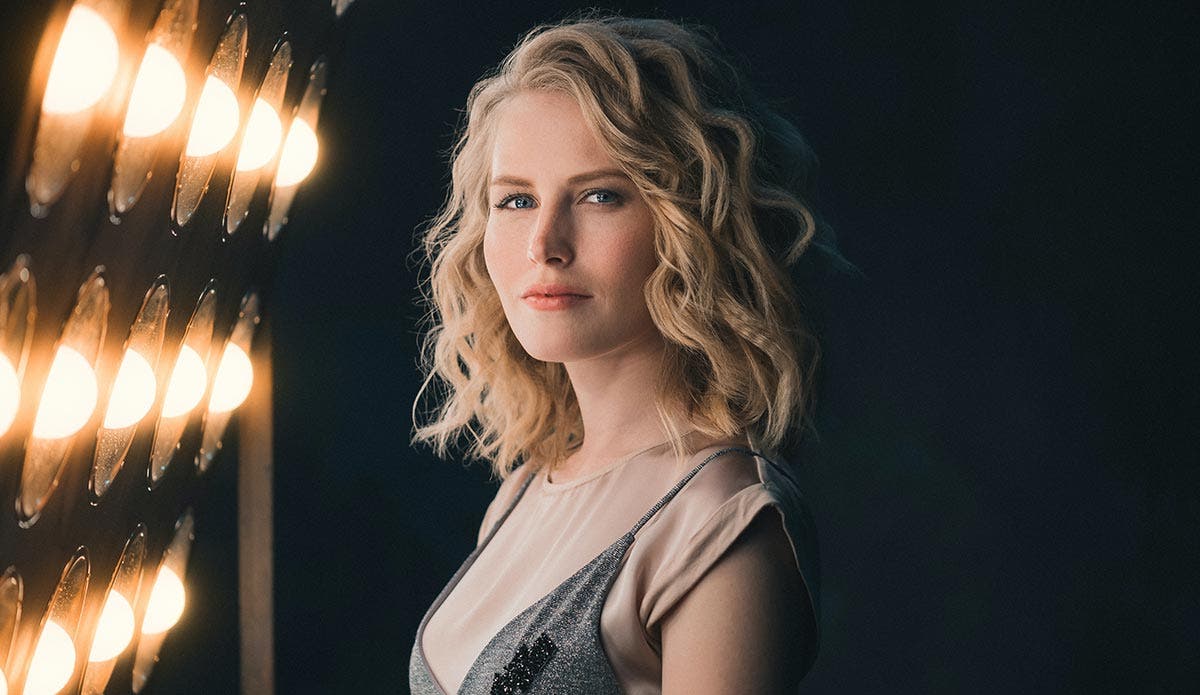Starting a career in modeling can be very challenging, more so if you don’t have anything to show off to potential agents and advertisers. Fortunately, creating your own modeling portfolio is pretty easy. With the following steps, you can significantly improve your chances of getting noticed and bagging the first few gigs that will kickstart your modeling career. Good luck!
How to Build a Modeling Portfolio

Your modeling portfolio is essentially your resume. It should have everything you need to make a good impression and showcase what you can do, so it should obviously include your most flattering photos and previous features, if there are any. You can create a short version that you can submit to modeling agencies, aside from the complete set or book that you’ll be bringing with you to all your interviews.
If you’re ready to get started, check out our easy step-by-step guide for building an impressive modeling portfolio.
Determine your modeling type

Fortunately for aspiring models, there are many different types of modeling that one can get into. The first step in building your portfolio is to determine which specific type of modeling you prefer and are best suited for, as many of them have their own preferred model specifications. For example, a live model working at trade shows will have to look positive and approachable, aside from being physically attractive.
Your photos should reflect the type of modeling you’re hoping to get into, whether it’s commercial modeling, fashion modeling, live modeling, catwalk/runway modeling, or even stock photo modeling. Specifying it early on will not only help you focus on marketing yourself for the part but will also make it easier for recruiters and agencies to place you in a particular category.
Hire a good photographer
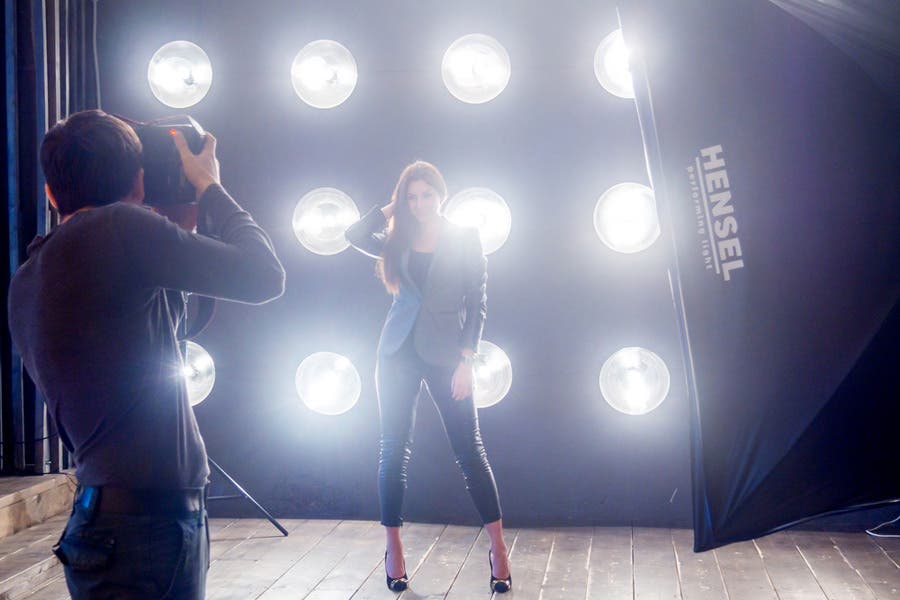
An important part of the creation of your modeling portfolio is the photographer you hire for your first modeling photos. If you’re very serious about making your portfolio look as authentic as possible, you can look for a professional who already works in the modeling industry. But if you don’t have the connections or are on a budget, you can always go for a good shooter who’s still in the process of building their own photography portfolio.
The key to choosing a good photographer is to check their work beforehand. It would be great if the photographer is somewhat experienced in photographing the type of model that you are hoping to be so you can benefit from their artistic direction and expertise.
Bonus Tip: Make sure you have clean, studio photos as these usually look more professional and impressive to agencies, compared to lifestyle photos that tend to take the attention away from the model.
Hire a professional hair and makeup artist
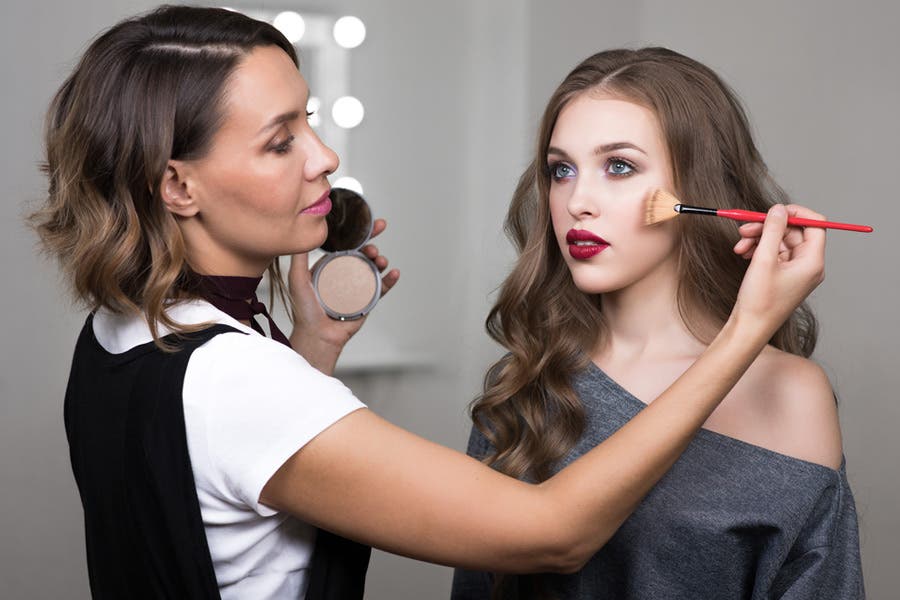
While you may be able to get away with an aspiring photographer with amazing talent, we highly suggest that you hire a professional hair and makeup artist—particularly one who’s experienced in doing faces for pictorials.
Studio flashes tend to react differently with certain types of makeup, so the camera will likely capture imperfections, like uneven and blotchy foundation, or exaggerate your glittery highlight. At the same time, what may look like heavy makeup in person will look a little understated on camera. To be sure, do a couple of test shots with your hair done and makeup on before you actually start shooting.
Practice posing

Before you actually do the photo shoot, you’ll want to be prepared for it. Photo shoots tend to take a long time, even with professional models, so you won’t want to waste time figuring out how you should pose during studio hours. We’ve compiled lists of female model poses and male model poses to help you get started.
Make good use of the internet to research about the type of photos that models in a particular category typically have in their portfolio. Make sure you have a full-body mirror with you and practice doing a wide variety of poses with your head, hands, arms, legs, and feet. You may also want to try out different facial expressions.
Fashion is a little more forgiving, as you can usually do a wide range of poses with your entire body. Take note of your favorite poses and get comfortable with new ones, so your confidence can be translated into your images later on.
Choose your outfits

One last important thing you’ll need to do before your shoot is to pick out the clothes that you’re going to be wearing. This, again, should depend on the type of modeling that you’re hoping to do. But as a general rule, you’ll want to include basic pieces of clothing like jeans and a plain white shirt.
Top modeling agencies will likely look beyond all the flashy, colorful clothes, so you might as well focus on showing off your frame and how you really look like when you’re starting out. Stay away from prints, patterns, and oversized clothing.
Remember to bring a lot of extras since you want to have a lot of pictures—but definitely not in the same two or three outfits!
Have your photo shoot
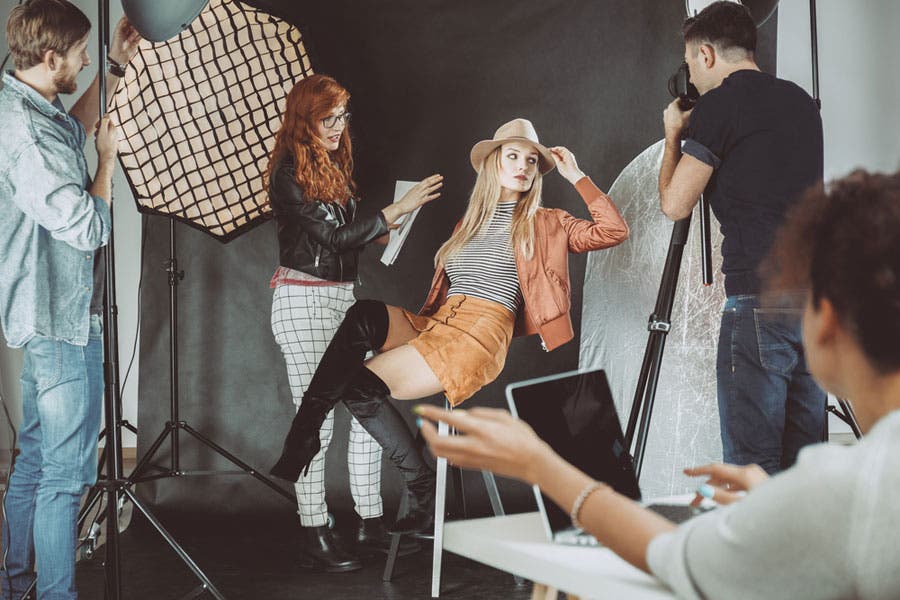
When the big day comes, treat it as your first modeling “gig.” Be professional, arrive early, communicate with your photographer and makeup artist, and don’t act like a diva on set. Don’t be afraid to ask questions and try your best to vary your styles in front of the camera to show your versatility.
If your photographer doesn’t have one, make sure you have a “shot list” prepared. Take a couple of headshots (frontal and profile), mid-shots, half-body shots, as well as whole body shots—ideally for every set or “look.” This will help you have a lot of photos to choose from later on.
Bonus Tip: Tell your photographer to keep your set well-lit (for now, so agents will be able to see the real you) and your photos all colored. Should you want to make any of your photos black-and-white, you can decide and have them edited later on.
Choose your best shots

Perhaps one of the most challenging steps is choosing your portfolio images. For a truly professional portfolio, you’ll want only a few of your best shots—around 12 to 16, including a variety of headshots, mid-shots, and full-body shots in different outfits. Request for smaller digital copies from your photographer so you can bring them home and take your time in selecting the best ones. Other people’s opinions can also be very helpful during this process. Remember—quality over quantity.
During this time, you may also want to have another photo shoot outdoors just to add more variety, with you in different locations and lightings. Of course, this is not always a requirement for beginners, especially those who can’t afford two pictorials. But if you can make it work (DIY your shoot or agree on an ex-deal with a good photographer), it can help make your portfolio stand out.
Have your portfolio book printed

Once you’re absolutely sure about your photos, it’s time to have them printed and arranged in a portfolio book. There are a few different ways to accomplish this. One easy method is to use a purchased photo book — one with a black cover and clear sleeves for you to easily insert your own printed photos. If you go with this option, make sure your book has no spiral bindings or rings.
The purchased photo sleeve book used to be the easiest and most affordable option to create a quick look book. However, today it’s easier and more affordable than ever to have a portfolio book professionally printed. Printing a photo book for your portfolio will give you a competitive edge and show that you are serious about your modeling career.
How to Print a Photo Book
To print a photo book, all you need is an internet connection and some digital photos. You can create an account for free at Printique and get started curating your personal look book quickly and easily. Once you are all signed up, choose a book size and style that complies with modeling industry guidelines.
Whether you assemble the book yourself or have it printed, industry standards dictate that the book should be 9×12 inches. Slightly smaller or larger than this is usually acceptable, but don’t stray too far with an odd size or unusual presentation. The cover must be black, and the pages should be easy to flip through, with no ring bindings. Make sure the photos you use are high-quality images. If you are using a professional photographer, this should not be an issue.
Choose your images carefully for best quality, too. Ask friends, family, and your photographer for opinions. The standard is 20 pages for 40 photos, but less is fine, especially when starting out. Not every agency will flip through each page. Be sure to put your best photos toward the front of your book.
Templates for Photo Books
Printique has several professional-looking book layouts that are perfect for modeling portfolios. The clean-lined Agency Portfolio was specially designed for this purpose. It works especially well if you have a good mix of horizontal and vertical images. If your collection focuses on vertical images, check out the Portraits photo book template.
Once you’ve chosen your book template, start importing your photos. You can use the AdoramaPix auto-fill feature to quickly get your photos onto the pages of your book. You can always change them around as many times as you need to get it right. Experiment with different layouts and arrangements of the photos until you arrive at an overall design you like.
Preview your book and fix any errors that may crop up. When you are ready, you can enter your shipping and billing information and place your order. Creating a professional portfolio yourself is that easy! Your book will be printed and shipped to you, fully ready to submit to modeling agencies. Later on, if you need to update your portfolio with new photos, it’s even easier to switch out a few photos and print an updated version.
Create an online modeling portfolio

As we all know, social media—or the Internet, actually—is where much of the action is. Many of today’s aspiring freelance models actually set up modeling accounts on Facebook and Instagram. It’s easier for more people to find them there than on a personal website.
For more professional results, it’s still advisable to create your own modeling website and simply plug a link into your social media accounts. This way, you can truly be in control of how your page looks like. You can seek the services of a good web designer to create your portfolio website. You can also do it on your own by customizing a free website template.
Don’t forget to include a profile page
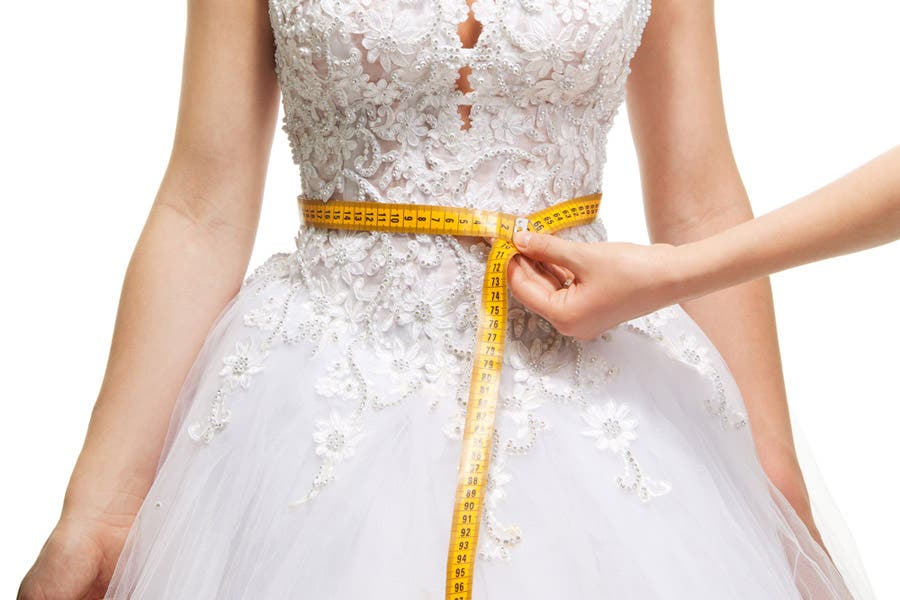
As part of your creative modeling “resume,” you should never forget to include your information, work you’re willing to do, as well as any related acting and modeling experience, hobbies, talents, and interests—both on your printed portfolio and your online modeling portfolio on your “About Me” page. Usual key measurements and data you’ll need to include are:
- Age
- Height
- Body measurements and sizes
- Eye Color
- Hair Color
- Distinguishing Features (freckles, birthmarks, tattoos, etc.)
You can simply list them down or be creative with your layout, as long as they are easy to read and locate.
Regularly update your portfolio
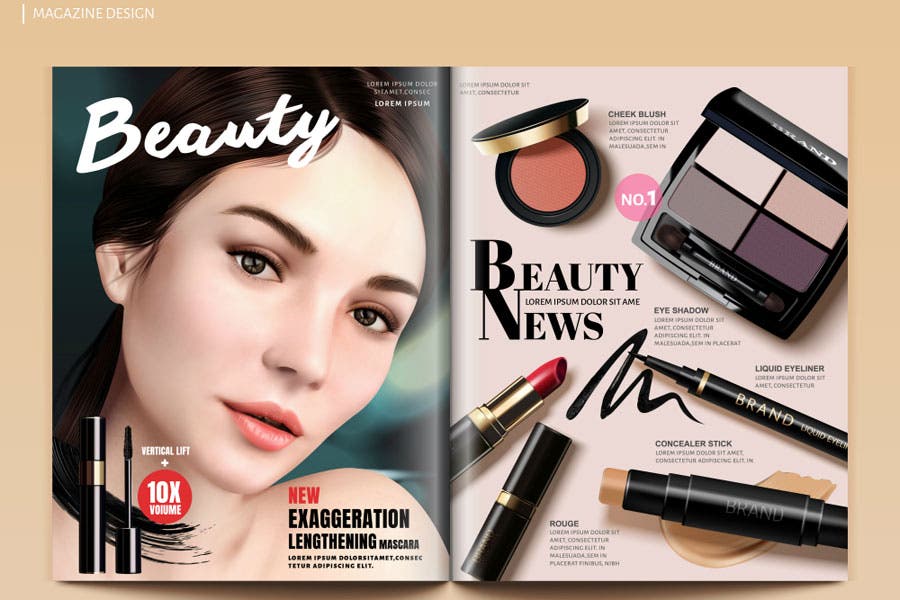
As you age, it’s important that you update your portfolio with newer photos and more recent work experience. At the same time, have new photos taken every once in a while to show how you are able to keep up with the latest trends in fashion and hairstyling.
If you happen to get featured in any print material, make sure to include those clippings or screenshots in your clear book (as long as you don’t end up making your portfolio too bulky) and have them scanned for your model portfolio website.
Maintain your look

Once you get hired by an agency, you will be told to avoid making drastic changes to your appearance. After all, they’re pitching your current look to advertisers and other potential clients. This means you can’t cut your hair, change your hair color, have any sort of plastic or cosmetic surgery, or get any tattoos without their approval. In most cases, female models are also not allowed to get pregnant throughout the duration of their contract.
Don’t worry—these should all be included in your contract and you won’t be forced to sign it if you’re not comfortable with any of the terms. Invest your time and effort in making sure you look your best, even when you’re not in front of the camera.
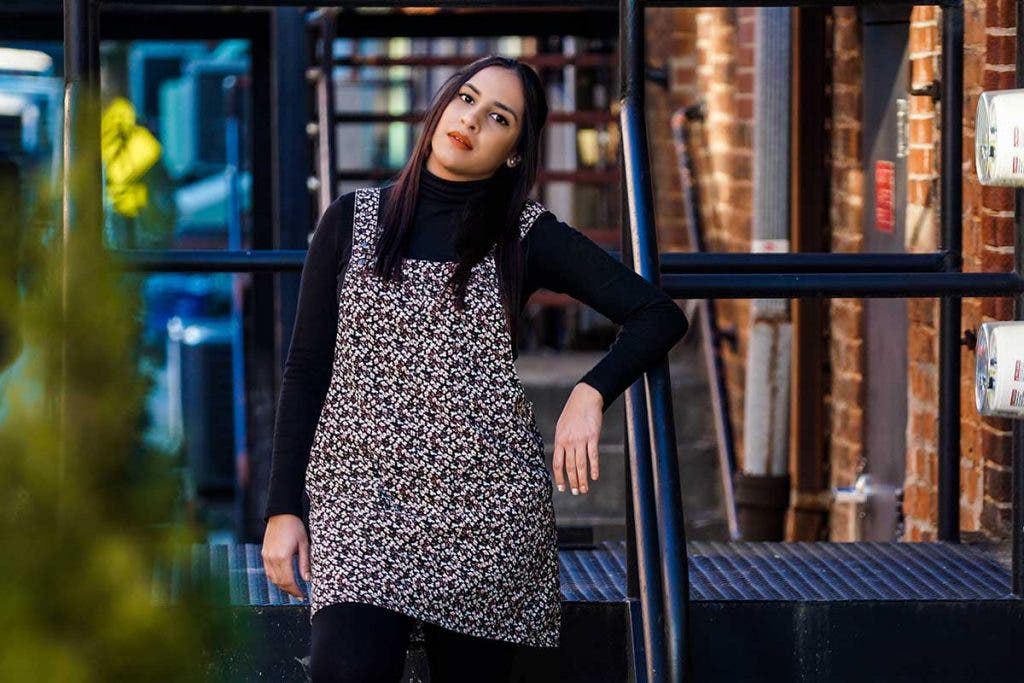
Modeling Portfolio: What Else You Need to Know
What should be in a modeling portfolio?
A modeling portfolio is an essential tool to help you land dream clients; that’s why you should take your model website and portfolio seriously. Perhaps the most important element here? Making sure you have the right variety of between 10 to 20 images. That includes headshots (smiling and not smiling), full-length shots, three-quarter-length shots, with a number of different poses to show your versatility. Of course, these images should look as professional as possible. It’s important to work with a top-notch photographer who has proper gear and a background in the craft.
While most models use a website to showcase their modeling portfolio these days, it’s also wise to have a polished print portfolio to share for in-person potential-client meetings.
How much does a modeling portfolio cost?
Like budgeting for any type of creative project, the price of your modeling portfolio or model website depends. But, you can typically expect to spend somewhere between $500 to $2,000+ dollars, depending on the photographer you use and the price that goes in to building your website and/or physical portfolio.
How do I make a good portfolio?
Nailing a good modeling portfolio really begins with the photographer you choose. You don’t necessarily need the most high-end photographer—especially at the beginning of career—but you do need to make sure the photographer you work with has a solid resume, past work that resembles the kind of work you hope to do, and is trained enough to help you get into the best and most flattering poses. (Look at their past clips to determine if they meet this criteria.)
Another way to create a strong modeling portfolio? Prioritize variety. Showcase your versatility as a model with between 10 to 20 top shots—that includes portraits, full-body shots, and more. Last thing: Try to add a bit of personality so potential clients see what makes you stand out from the other models they may be evaluating.
How many photos should a modeling portfolio have?
There is no exact number of photos a modeling portfolio should have, but experts say a good rule of thumb is between 10 to 20 images. This gives you the chance to showcase your versatility as a model with portraits and full-length shots. But it also isn’t too much; go well beyond this range and you risk your potential client losing interest.
